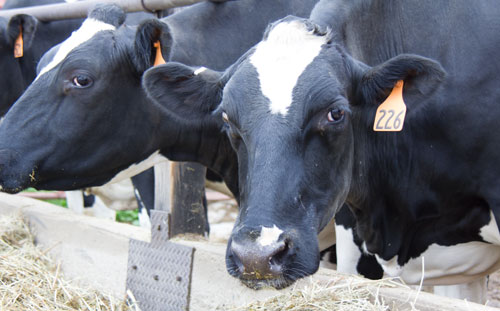
There has been growing concern that high-end genomic bulls are no longer being randomly sampled. If that is truly taking place, the potential exists that the genetic evaluations on these elite individuals could become overestimated. These overinflated values could exist not only in the male population, but in the female population as well.
In a discussion that developed on August 5 at the Council on Dairy Cattle Breeding's meeting in Baltimore, Md., the Canadian Dairy Network's Brian Van Doormaal said the Canadian dairy genetic evaluation center has taken some action to remove the potential bias.
To start the process, Canadian Dairy Network decided to look at bulls with a higher than normal percentage of embryo transfer (ET) daughters.
The theory?
Those bulls with a higher percentage of ET daughters would be less randomly sampled than the rest of the population because elite bull semen is being targeted to ET flushes, not individual matings, explained Van Doormaal, who is the general manager for Canadian Dairy Network (CDN). The resulting daughters of such matings are generally not treated as a random animal in the heifer pen or after calving which contributes to bias in their sire's proof.
What did they find?
"Bulls with less than 30 percent embryo transfer daughters don't need adjustments in genetic evaluations," said Van Doormaal.
However, bulls with over 30 percent embryo transfer daughters are another story.
"For every 1 percent above the 30 percent threshold of embryo transfer offspring, bulls and cows have genetic evaluations adjusted downward," said Van Doormaal, who went on to discuss how genetic predictions would otherwise be overestimated.
That was the first step in removing selection bias on elite genomic animals, which was implemented in April. At the moment, no such plan is on the table in the U.S.
In addition, starting with the August release, cow evaluations will also be adjusted to reduce overestimation biases. For this adjustment, Canadian Dairy Network is "normalizing" the distribution of differences between each cow's index and her pedigree index based on the sire stack down the maternal side of their pedigree.
The intent in Canada is to make traditional evaluations of sires and cows as unbiased as possible since they serve as input for the calculation of genomic evaluations, which are becoming the primary selection tool for young bulls and heifers.








